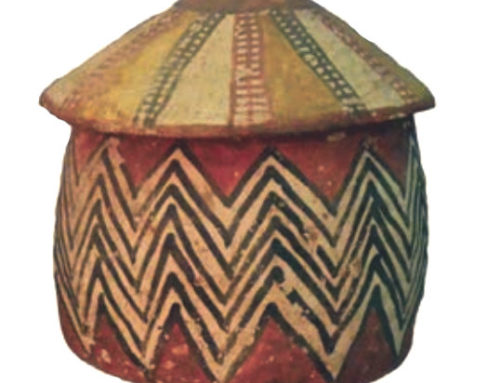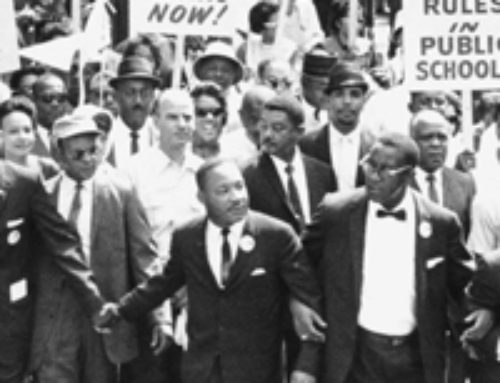A general overview
What’s our beef with Iran? Why do we think of Iran as such a powerful and terrible enemy? Well, Iran has been a strong, powerful country since the Bronze Age. And although weakened by colonialism, Iran did not become fully colonized. But also, I think, because thousands of years of history conditions us to think the West (including the Mediterranean coast) as being at war with the East (basically Iran) with Iraq as a battleground between the two.

Map of West Asia
More immediately, Iran wants to have nuclear weapons because they are surrounded by enemy countries that have them: China, Pakistan, and India, and they feel they are as strong a country as those are. There’s no obvious reason why Iran shouldn’t have nuclear weapons, either, unless we’re all going to give up having them (which would be great).
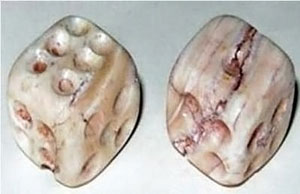
Earliest known dice (Iran, ca. 2600 BC) See that the six is already opposite the one, as on modern dice?
More detail:
Iran in the Bronze Age
In the Bronze Age, people were building ziggurats and cities in Iran like they were in Mesopotamia, though writing came to Iran a little later. People were mining salt. Our game of backgammon may have been invented there. Around 2000 BC, Yamnaya people invaded Iran from the north and settled there, bringing with them their language. So Farsi (what people speak in Iran) is related to Greek, Latin, German, and English: they’re all descended from the Yamnaya language. Some of those people became the Kurds, and others were the Iranians.
Who were the Yamnaya?
Who are the Kurds?
Where do horses come from?
History of backgammon
The Yamnaya also brought horses and chariots with them, which helped Iran to defend itself in wars.

An enslaved woman stands behind a free Elamite woman who is spinning (600s BC)
The Medes and the Persians
In the 600s BC, a second group of Central Asian horse people moved south into Iran, and in the 500s BC, under Cyrus the Great, they conquered and unified all of Southwest Asia and Egypt into the Persian Empire. This was the world’s first big empire, and it did a lot for the world: it promoted trade and got the Silk Road going.

Darius’ palace at Persepolis
Who were the Persians?
The Silk Road
Persian rugs
Iran sold a lot of things on the Silk Road, including Persian rugs, peaches, apples, and horses. A lot of these things were made by enslaved people. People followed a new religion: Zoroastrianism.
What is Zoroastrianism?
The holiday of Nowruz
History of slavery

Subjects bring tribute to Persepolis (Iran, ca. 480 BC)
Parthians and Sassanians
The Persian Empire broke up for a couple of hundred years when Alexander of Macedon died without sons, but then came back together as the Parthian Empire. But it had lost the Mediterranean coast to the Roman Empire. For hundreds of years (about 100 BC – 600 AD) the Romans and the Parthians fought along their border. About 220 AD, a new dynasty took over the Parthian Empire: the Sassanians.
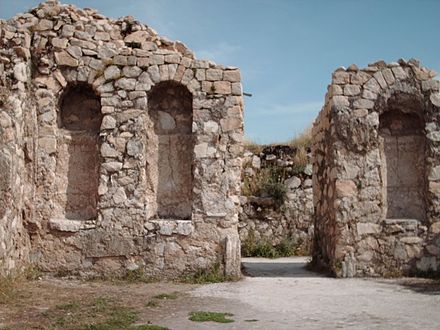
The palace of Shapur I at Bishapur in Iran
The Parthian Empire
Persian and Parthian art
Iranian architecture
The Sassanians
By the 300s-400s AD, many people in the Sassanian Empire were Buddhists, and many others were Christians (mostly Manichaeans and Nestorians).
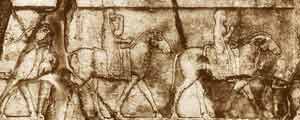
Persian women riding horses ca. 500 BC
What is Buddhism?
What is Manichaeism?
Who were the Nestorians?
Islam comes to Iran
In the 600s AD, Arabs came from the Arabian Peninsula and conquered all of West Asia: both the Roman part and the Sassanian part. That ended the fighting for a while and made West Asia much richer. Iran started to manufacture and sell high quality steel, paper, sugar, and silk. They used new textile technology like knitting and the spinning wheel to make more cloth faster and sold that. People in Iran kept on speaking Farsi, but they used the new Arabic alphabet to write it.
What is Islam?
Ancient and medieval steel
History of knitting
Where does paper come from?
Sugar and the Islamic Empire

Minaret at Samarra, 847 AD
The Mongols
In the 1200s and 1300s AD, the Mongols came south from Central Asia and conquered Iran again. They made almost all of Asia into one country, one big empire, and people traded from one end of it to the other. Many new inventions came to Iran, from bowed instruments to cotton, gunpowder and guns, and block printing.

Tahmina wakes Rustem up to tell him she loves him (Great Mongol Shahnameh, Iran, 1330s AD)
Who were the Mongols?
Where does cotton come from?
Central Asian music
Where does gunpowder come from?
The invention of printing
To work making all these new things, Iran started to buy a lot of enslaved people. Many of them came from Africa. Iranian manufacturers treated these people very badly.
Slavery and Islam
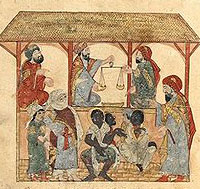
Slave market in Yemen (1300s AD)
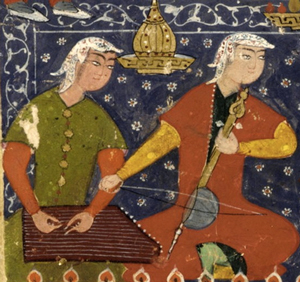
A Safavid man plays a kamanche with a bow (1560 AD)
The Safavids
After the Mongol Empire collapsed, there was another couple of hundred years of fighting, and then Iran formed the Safavid Empire. But by this time, in the 1500s AD, Europeans had figured out how to sail boats on the Atlantic and Pacific Oceans, and they had taken over world trade. It was cheaper to send things by boat on the ocean than to carry them on land in camel caravans. Iran kept on making things and selling them, but they had to sell through European ships, and the Europeans slowly made the Iranians poorer and poorer.
Who were the Safavids?
European colonization timeline

Tomb of Ali, the first Imam and the fourth caliph, in Iraq (it was rebuilt about 1500 AD by the Safavids)
Modern Iran
In the 1800s, the Safavid Empire collapsed, and Iran spent most of its time stuck between Russian and British power, trying to play them off against each other, and getting poorer. There was oil in Iran, and by the 1900s, both Russia and the United States wanted to get hold of Iranian oil.

Taking Iran’s oil for the British navy in World War I
In the 1950s, Iran tried to put in a democracy, but the United States insisted on putting in the Shah of Iran instead, so we could control Iran better. Then in the 1970s, Iran had a revolution against the Shah and set up an Islamic government that is still in power now. Apparently, the United States is still angry that we didn’t get to choose who would rule Iran.
Iran in the 1800s
Modern Iran
